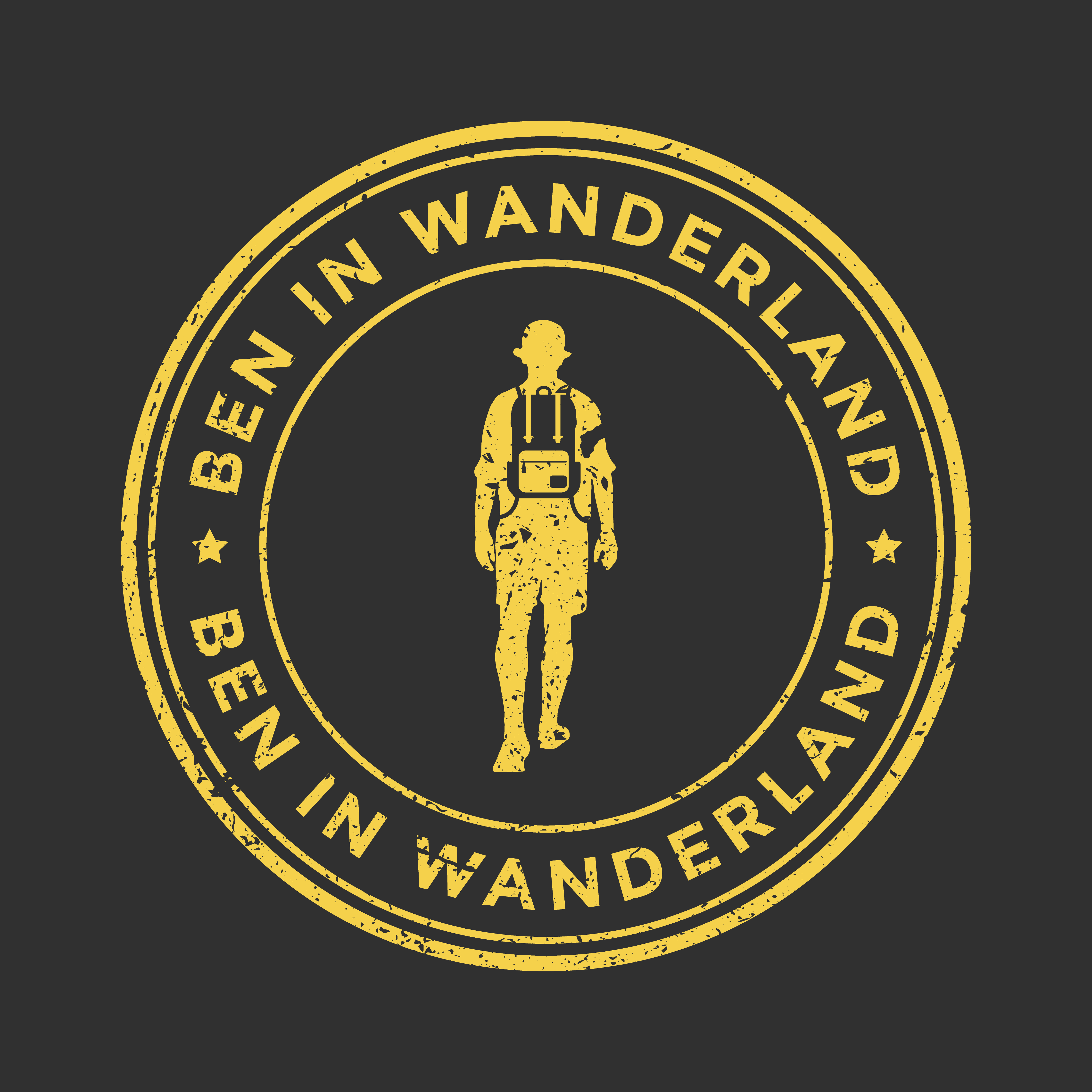Things to Know Before Travelling to Bolivia
Facts
Capital: Sucre (constitutional) and La Paz (administrative)
Population: 12,446,480 (2023)
Language: The official language of Bolivia is Spanish. Quechua and Aymara are co-official languages in certain regions. Additionally, there is a rich tapestry of Indigenous languages spoken by various minority populations across the country, such as Guarani and Mojeño.
Currency: Bolivian Boliviano (BOB)
Visas
Citizens from several countries, including the United States, Canada, the United Kingdom, Australia, New Zealand, and many European nations, can visit Bolivia visa-free for up to 90 days. However, it's wise to verify the latest visa requirements before your trip.
For visitors from some countries, obtaining a visa upon arrival at the airport or land border is an option, often for a fee. This is applicable to citizens of various African, Asian, and South American countries.
Travelers needing a visa in advance can apply at the nearest Bolivian embassy or consulate. Typically, the application involves a valid passport, a completed form, a recent passport-sized photo, proof of travel plans, and evidence of adequate funds for the intended stay.
To ensure a smooth visit to Bolivia, always stay informed about the most current visa requirements and regulations. The official website of the Bolivian government is a reliable source for up-to-date visa information.
Best time to visit
Bolivia's climate varies based on its diverse landscapes, and the best time to visit depends on your preferences and planned activities.
Dry Season (April to November):
The dry season in Bolivia, spanning from April to November, is generally considered the high tourist season.
During this period, there is less rainfall, making it an excellent time for outdoor activities and exploring the diverse landscapes.
Temperatures are milder, and many travelers favor this time for trekking, visiting cities, and exploring the Uyuni Salt Flats.
Wet Season (December to March):
The wet season in Bolivia, from December to March, brings rain and occasional thunderstorms.
While this season results in lush, green landscapes and vibrant flora, it may make certain regions more challenging to access due to muddy or flooded roads.
Travellers interested in birdwatching and unique photography opportunities might appreciate the wet season's rich biodiversity.
Shoulder Seasons:
The transition months of April and November are considered shoulder seasons. These periods offer a balance between pleasant weather and fewer crowds, making them ideal for a more tranquil visit.
Keep in mind that specific regions in Bolivia may have different weather patterns and microclimates. Therefore, it's crucial to research the climate of the particular areas you plan to visit to ensure the best experience during your trip.
Top Things to Do in Bolivia
Prices in Bolivia
Accommodation
60-250 BOB (roughly US$7-$30) per night (budget hostel, hotel or guesthouse)
250-600 BOB (roughly US$30-$70) per night (midrange hotel)
Food & Drink
15-40 BOB (roughly US$2-$5) per meal (street food or cheap meal in local restaurant)
80-200 BOB (roughly US$10-$25) per meal (midrange restaurant meal)
Transportation
2-3 BOB (roughly US$0.25-$0.35) per ride (local public bus fare)
40-150 BOB (roughly US$5-$20) per ride (intercity bus fare)
Activities
1,200-1,800 BOB (roughly US$140-$210) per person (multi-day guided tour to Uyuni Salt Flats)
